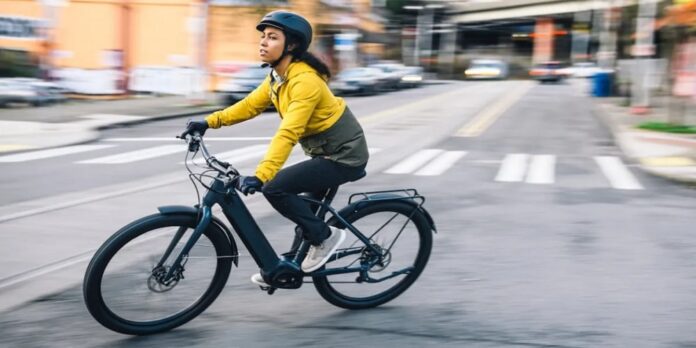Electric bikes are becoming increasingly popular because they offer a unique combination of convenience and performance. The one thing that sets electric bikes apart from their standard counterparts is their tires especially fat-tire electric bikes.
If you’re looking for a fat tire electric bike, you must consider a few factors before purchasing. Several factors help you choose the correct fat tire electric bike.
Size Matters
When it comes to fat tire bikes, size does matter. You want to ensure the frame size is appropriate for your height and body shape. Make sure the saddle is at the correct height and that the handlebars fit comfortably in your hands when riding. If you get a bike that fits properly, it can be comfortable and safe when riding.
Weight Capacity
Another vital factor to consider is weight capacity. Electric bikes typically have higher weight capacities than other bicycles, but check the manufacturer’s specifications before buying an electric bike with fat tires.
A good rule of thumb is that any bike with a maximum weight capacity of 250 pounds should suit most riders just fine. If you weigh more than 250 pounds, look for an electric bike with a higher weight capacity or shop for one with extra-large tires explicitly designed for heavier riders.
Tire width also plays a significant role in the bike’s weight capacity. For example, the 20 inch fat tire electric bike has almost 330LBS weight capacity, so for the rest of the tire widths.
Power Source
Electric bikes come in two main varieties – pedal-assist and throttle-based systems. Pedal-assist systems provide power only when pedaling, while throttle-based systems provide power without pedaling (they can be used like motorcycles).
Both types have advantages and disadvantages, so deciding which style best suits your needs is essential before making your purchase decision.
Motor Wattage
One of the most important things to consider when choosing an electric bike with fat tires is motor wattage – this will determine how much power your ebike has and how quickly it can accelerate or climb hills/inclines. Generally speaking, electric bikes with larger motors (500+ watts) tend to have more power and provide better acceleration than smaller engines (less than 500 watts).
Battery Capacity
The battery capacity on an ebike will determine how long it can go between charges and how fast it can recharge once depleted. Most ebikes come equipped with 36V or 48V batteries. Both options will provide plenty of range for most riders, but if you plan on going longer distances or tackling more challenging terrain, opt for an ebike with a higher voltage battery (such as 60V or 72V).
Suspension System
Another critical factor in choosing an ebike is its suspension system – this will determine how comfortable your ride is over rough terrain and bumps in the road/trail.
Look for ebikes equipped with either full suspension (both front and rear) or at least some rear suspension system, such as a shock absorber or spring coil. This will ensure maximum comfort while riding off-road and over rougher terrain without sacrificing speed/performance too much on smoother surfaces like pavement or gravel roads/trails.
The Bottom Lines
These factors should help you choose the correct fat tire electric bike! Keep in mind that different ebikes may suit other riders better depending on their individual needs – if possible, try out multiple models before committing to one so that you get exactly what works best for you! With these tips, anyone can find the perfect fat tire ebike.








